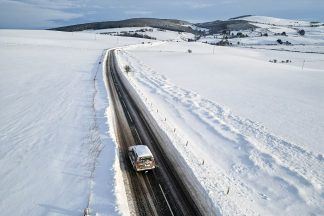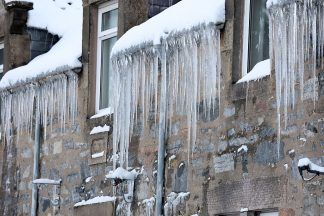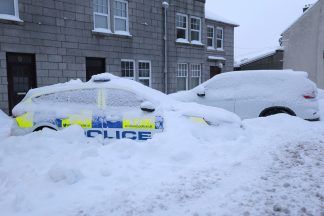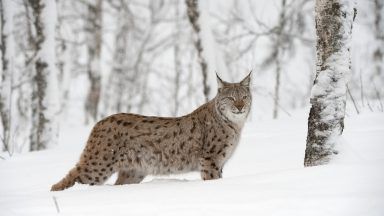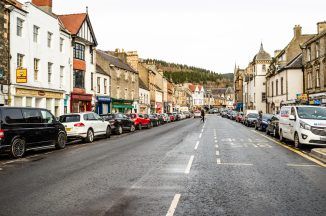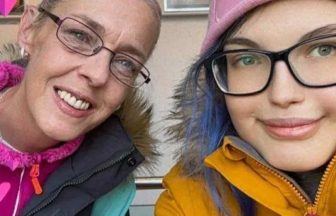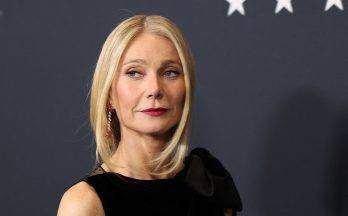Scotland’s fertility rate is at its lowest ever point and deaths are outnumbering births by the highest recorded margin, according to a report.
The National Records of Scotland (NRS) report based on census data shows there were 17,510 more deaths than births in Scotland in 2023.
It also said the shift towards starting families later in life and having fewer children has put the fertility rate at 1.3, which it says is far below the level it needs to be at for the population to replace itself.
The report, Scotland’s Population, is an annual summary from the NRS registrar general.
The NRS said Scotland has more than a million people aged over 65, while there are fewer than 750,000 under 15.
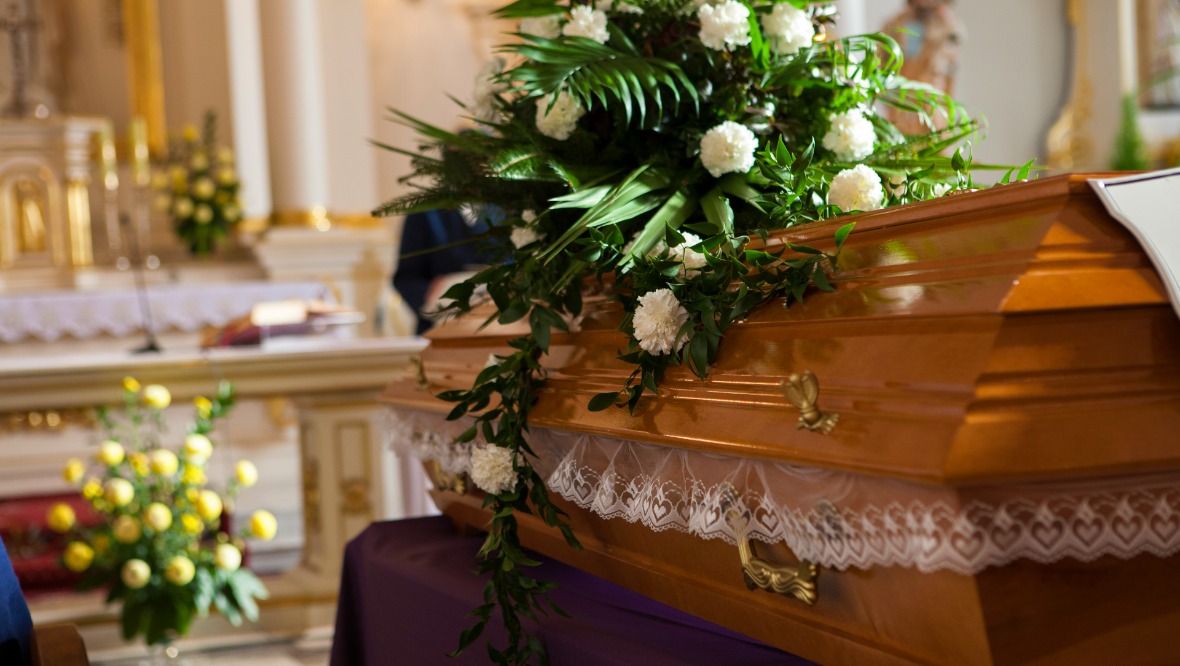 iStock
iStockScotland’s population has been boosted due to immigration, both from within the UK and internationally, and the NRS says without this the population would have contracted.
The report shows 10.2% of all people in Scotland were born outside the UK, while 17.8% of those aged 20-39 were born outside the UK.
Changes to the leading causes of death in Scotland are outlined in the report, with fewer people dying of coronary heart disease and cancer at younger ages.
Dementia and Alzheimer’s has become the second leading cause of death in Scotland, having been the sixth most common at the turn of the century.
Some local authority areas in the west and south west saw their populations fall from 2011 to 2022 as a result of deaths outnumbering births.
The report notes the fall is not down to people moving from the west to the east.
The ageing population is increasing the number of people living alone, with data showing a 5.8% rise since 2011.
The increase in older people has also led to a rise in the percentage of people owning their home outright, rising by almost 6%.
Meanwhile, the report also shows 59.1% of the 20-39 age group had a degree-level qualification or higher, and 29.5% of the same group were students.
NRS chief executive Alison Byrne said: “The data in this report tell us who we are as a nation and they tell us where we are going.
“A big trigger for the changes are the babies born in the booms of the 1940s and 1960s. In their lifetimes they’ve seen a lot of cultural change, including the move to smaller families.
“As these changes take place in a population its needs change profoundly.
“Data lets us understand this and creates opportunities to plan.”
Follow STV News on WhatsApp
Scan the QR code on your mobile device for all the latest news from around the country


 iStock
iStock

